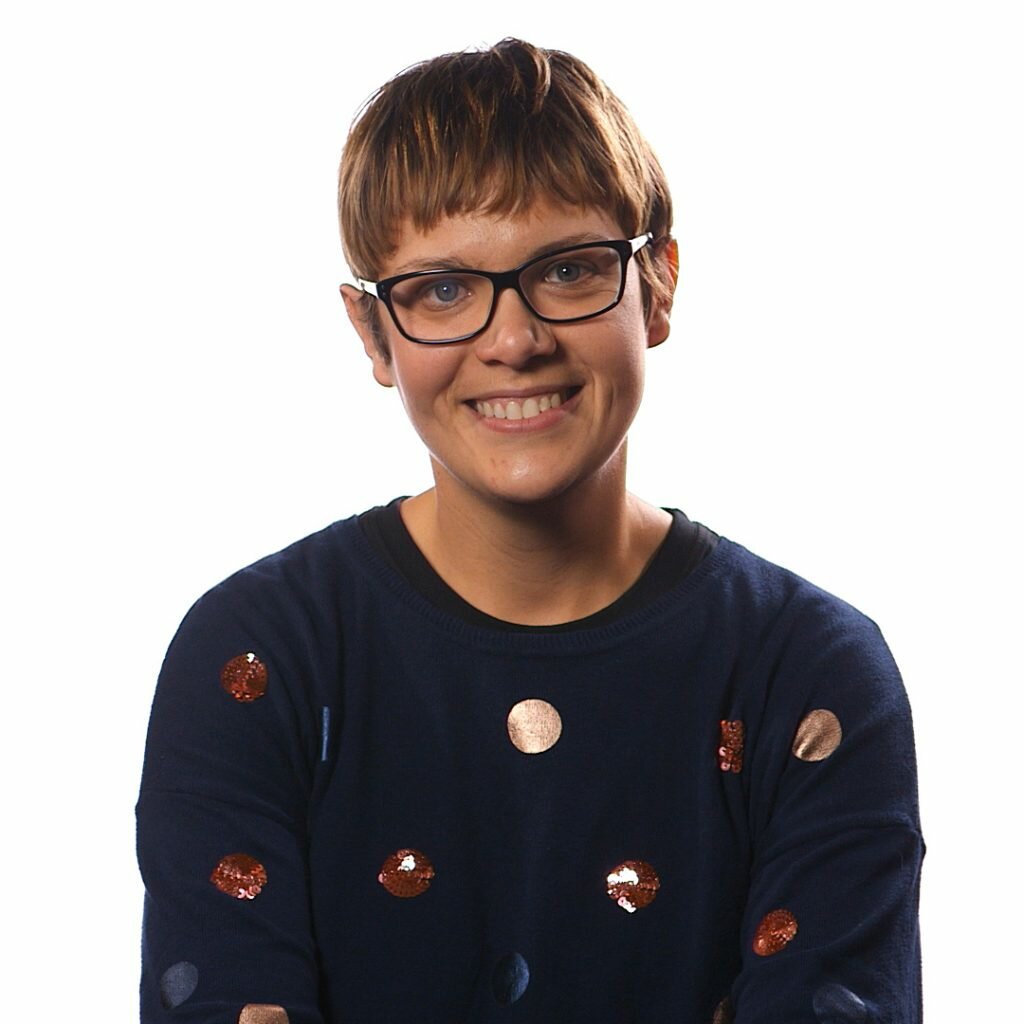Last updated January 11, 2018 at 10:28 am
Estimating mass from a photo of a seal isn’t easy, however, a new study shows that drone photography could be the way forward.
Seals with their sleek bodies and streamlined shape have traditionally been most accurately measured manually – a long, laborious, expensive process that is not without risk to the seals themselves who need to be sedated for the process. Instead of taking a team of five people about four hours per seal measurement, drone photography, only required two people and only 37 minutes per seal. Not only quicker and cheaper, this is the first study where photo analysis methods were as, or more, reliable.

Leopard seals were measured by drone photography on Cape Shirreff Beach, Antarctica. Image credit: J Hinke NOAA.
“The drones help provide measurements that are just as good as, or better than, traditional field methods, but without the need to ever bother the animals” says Dr Douglas Krauss, author of the study published in PLOS ONE.
Drone used for arial seal survey. Image credit: D Krauss NOAA
Leopard seals occupy an important spot near the top of the food chain in Antarctica, preying on krill, penguins and Antarctic fur seals. The body condition of leopard seals can be used as a marker for prey availability, habitat quality and overall ecosystem health.
In this study the drones could operate through fog, snow, rain or cloud, and the seals weren’t visibly bothered by the drones, although past research has shown that predatory animals like bears’ heart rates jump when drones are near despite no external stress being seen.
Of course it’s not just seal measurement that’s benefiting from drones. They’ve been used for survey and monitor organgutan populations in the rainforest, as a rapid response tool for reef monitoring, and a huge range of other applications (check out conservationdrones.org).
Related:
- Using drones in conservation
- Queensland’s own rapid response tool for monitoring coral bleaching
- She Flies – turning girls into drone pilots
Follow us on Facebook, Twitter and Instagram to get all the latest science.
































































































































































































































































